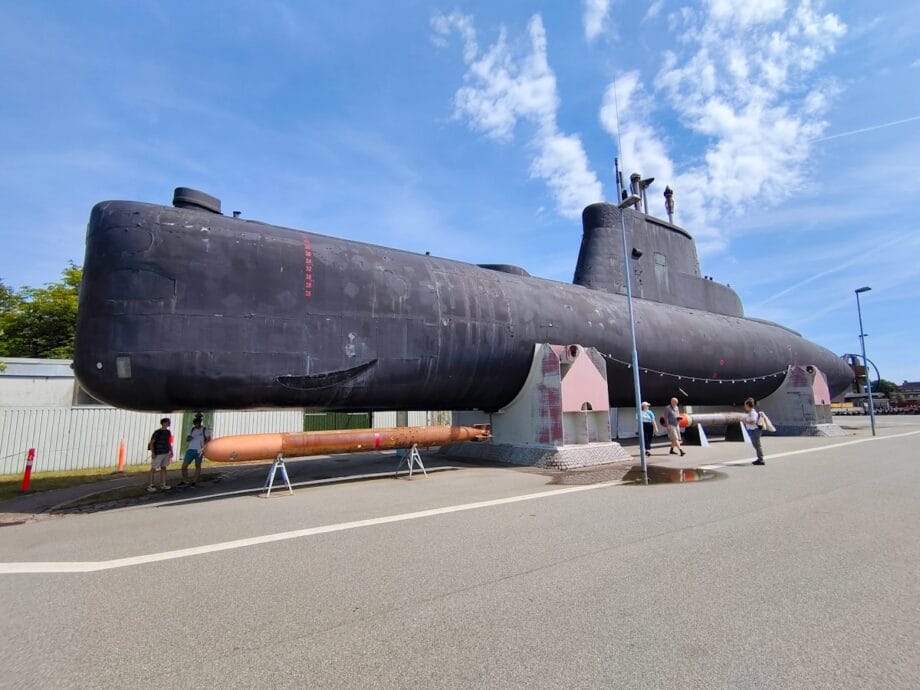U.S. Nuclear Submarine Technology Transfer to South Korea
Overview of the Initiative
In a significant development, the United States has expressed its readiness to share sophisticated nuclear submarine technology with South Korea. President Donald Trump announced this initiative through social media following a strategic meeting with South Korean President Lee Jae Myung. This decision underscores a transformative focus on military enhancement and collaboration between the two nations.
Objectives of the Partnership
President Lee has underscored the necessity of invigorating the U.S.-South Korea alliance, advocating for an increase in military expenditures to mitigate the financial burdens traditionally shouldered by the United States. He emphasized that prior discussions concerning nuclear submarines had been misinterpreted, clarifying that South Korea’s objective is to acquire nuclear fuel, not to develop nuclear arsenals.
Strategic Benefits
- Enhanced Regional Security: The procurement of nuclear-powered submarines is poised to strengthen U.S. military operations within the Asia-Pacific theatre, serving as a countermeasure against regional adversaries.
- Economic Investment: South Korea has committed to an investment of $150 billion aimed at amplifying U.S. shipbuilding capabilities, fostering economic synergy alongside military advancement.
Technical and Economic Considerations
Although the specific details concerning the dimensions and financial ramifications of the submarine initiative are yet to be disclosed, Trump indicated that construction would be facilitated at the Philadelphia Shipyard, recently acquired by South Korea’s Hanwha Group.
The U.S. nuclear submarine technology represents one of the most guarded assets within military operations and is meticulously protected from external access. This prospective technology transfer marks a significant departure in U.S. policy, particularly in contrast to prior cooperative engagements with allies such as the United Kingdom and Australia, which did not encompass direct technology sharing.
Geopolitical Context
This announcement unfolds amid rising tensions in Northeast Asia. Recently, North Korea unveiled its own nuclear submarine, a development that poses a profound threat to both South Korea and the United States.
Furthermore, China’s military posture, evident through its acquisition of nuclear submarines, highlights the urgent need for improved deterrent strategies within the region.
As Trump readies for upcoming discussions with Chinese President Xi Jinping, the technology-sharing initiative could serve as a pivotal leverage point in wider geopolitical negotiations.
Recent Developments in North Korea

Concurrent with these discussions, North Korea has successfully tested cruise missiles, showcasing its advancing military prowess. Such developments intensify the urgency for South Korea to enhance its naval deployment and deterrence capabilities.
Conclusion
While Pentagon officials have not yet elaborated on the particulars of the proposed technology transfer to South Korea, this initiative represents a critical juncture in the U.S.-South Korea defense collaboration.
The implications extend beyond bilateral ties, affecting regional power dynamics and security architectures in Northeast Asia. Sustained dialogue and strategic investment will be imperative for preserving stability and countering potential threats in the region.
Source link: News.defcros.com.






